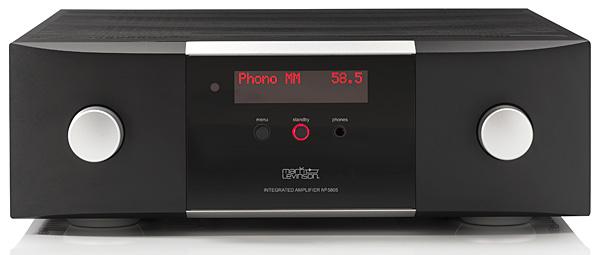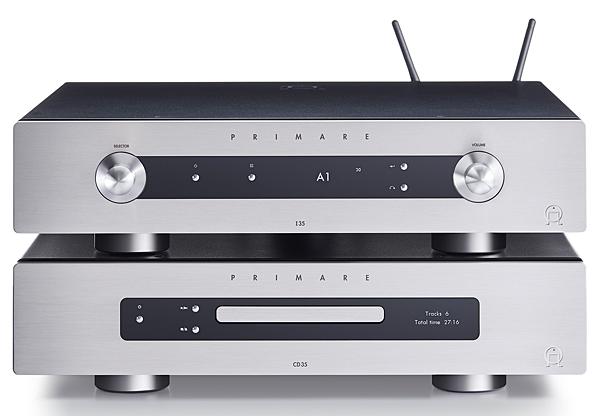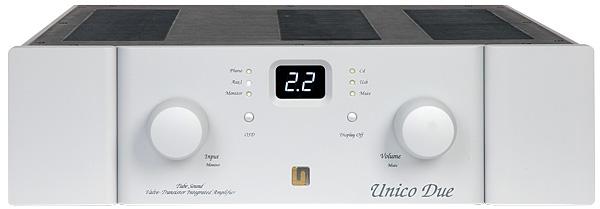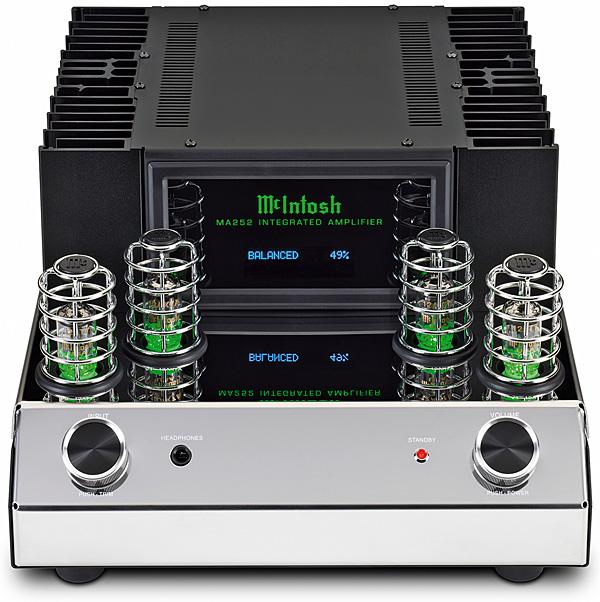Integrated Amplifiers
Sort By: Post Date TitlePublish Date
|
Oct 16, 2019
|
Aug 05, 2019
|
Jul 11, 2019
|
May 23, 2019
|
Apr 18, 2019
|
Mar 08, 2019

 Being 'designed in France and built with passion', the IA350A integrated amplifier from YBA's Passion series promises high quality with more than a sprinkling of Gallic flair...
Being 'designed in France and built with passion', the IA350A integrated amplifier from YBA's Passion series promises high quality with more than a sprinkling of Gallic flair...

 This latest integrated amp from a stalwart of the US high-end may be stereotypically big and bold, but it's also both extremely flexible and surprisingly affordable
This latest integrated amp from a stalwart of the US high-end may be stereotypically big and bold, but it's also both extremely flexible and surprisingly affordable















